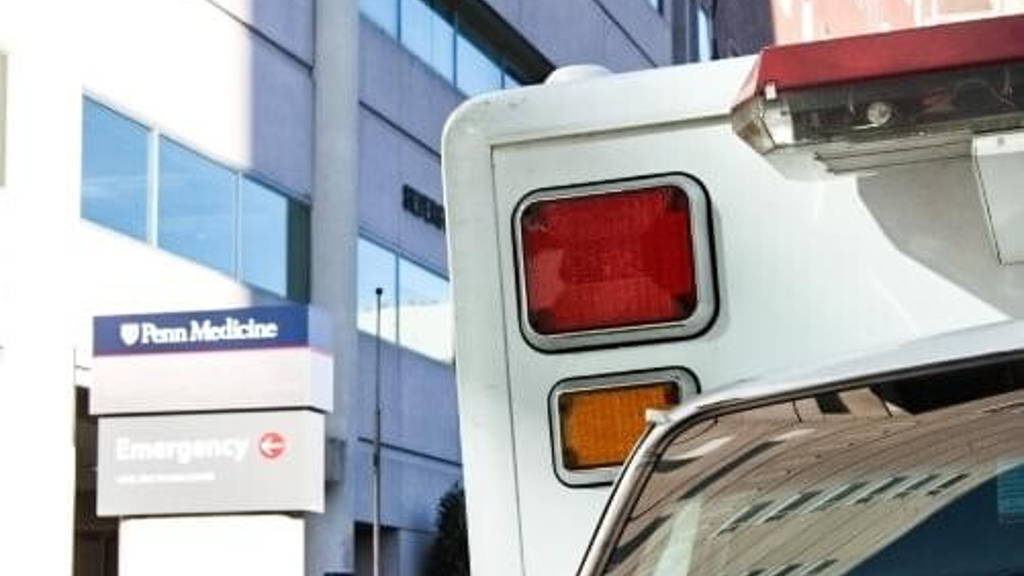The predictive model was designed by researchers at the Perelman School of Medicine at the University of Pennsylvania. The eventual goal is to develop a tool for early intervention that will help patients avoid ED visits.
Lung cancer is the most common diagnosis among cancer patients who visit emergency departments, most frequently because of infection, pain management, or other symptoms related to their disease. Roughly 40 percent of lung cancer patients will visit the ED during the course of their treatment, and 60 percent of those visits result in hospital admission.
Lung cancer also dwarfs other cancer types in terms of ED visits among cancer patients, making up 33 percent of all such visits according to one recent study. These visits come with a cost for patients – financially and psychologically – as well as for the healthcare system itself. The cost of lung cancer care overall in America is expected to increase to $14.73 billion by 2020, according to the National Cancer Institute.
“Our model pulls all of this together and weighs each factor to determine a personalized risk for each patient at any given point in time,” explains senior author Abigail T. Berman, MD, MSCE, an assistant professor of Radiation Oncology at Penn and the associate director of the Penn Center for Precision Medicine. “It also gives physicians real-time alerts when a patient is deemed to be at high risk.”
The predictions also showed promise in categorizing patients into risk levels. Of 131 patients identified as “high-risk”, 13 (10 percent) presented to the ED. For the 678 patients grouped as “low-risk”, only 10 (1.5 percent) required an ED visit. This demonstrates that the model successfully differentiates between high and low risk patients, as patients designated as high risk were 6.6 times more likely to visit the ED compared to those designated as low risk.
Lung cancer is the most common diagnosis among cancer patients who visit emergency departments, most frequently because of infection, pain management, or other symptoms related to their disease. Roughly 40 percent of lung cancer patients will visit the ED during the course of their treatment, and 60 percent of those visits result in hospital admission.
Lung cancer also dwarfs other cancer types in terms of ED visits among cancer patients, making up 33 percent of all such visits according to one recent study. These visits come with a cost for patients – financially and psychologically – as well as for the healthcare system itself. The cost of lung cancer care overall in America is expected to increase to $14.73 billion by 2020, according to the National Cancer Institute.
Growing need to anticipate ED visits
So, there is a growing need to be able to anticipate these visits. But there are very few studies that assess risk factors in a way that allows for early intervention by a clinician, says the study’s lead author Jennifer Vogel, MD, a resident in Radiation Oncology at Penn. The Penn tool uses patient information pulled from electronic medical records. It identified key comorbidities like hypertension, liver disease, and cardiac arrhythmia. It also flagged specific symptoms like nausea, vomiting, and weight loss, as well as the values of lab results, such as abnormal platelet count, creatinine, and white blood cell count.“Our model pulls all of this together and weighs each factor to determine a personalized risk for each patient at any given point in time,” explains senior author Abigail T. Berman, MD, MSCE, an assistant professor of Radiation Oncology at Penn and the associate director of the Penn Center for Precision Medicine. “It also gives physicians real-time alerts when a patient is deemed to be at high risk.”
Pilot program shows promise
After developing the model with data from 2,500 patients and validating it with a second set, the researchers tested it during a two-week pilot program. During that time, the model was able to anticipate 68 of the 207 ED visits (33 percent) required by lung cancer patients.The predictions also showed promise in categorizing patients into risk levels. Of 131 patients identified as “high-risk”, 13 (10 percent) presented to the ED. For the 678 patients grouped as “low-risk”, only 10 (1.5 percent) required an ED visit. This demonstrates that the model successfully differentiates between high and low risk patients, as patients designated as high risk were 6.6 times more likely to visit the ED compared to those designated as low risk.






